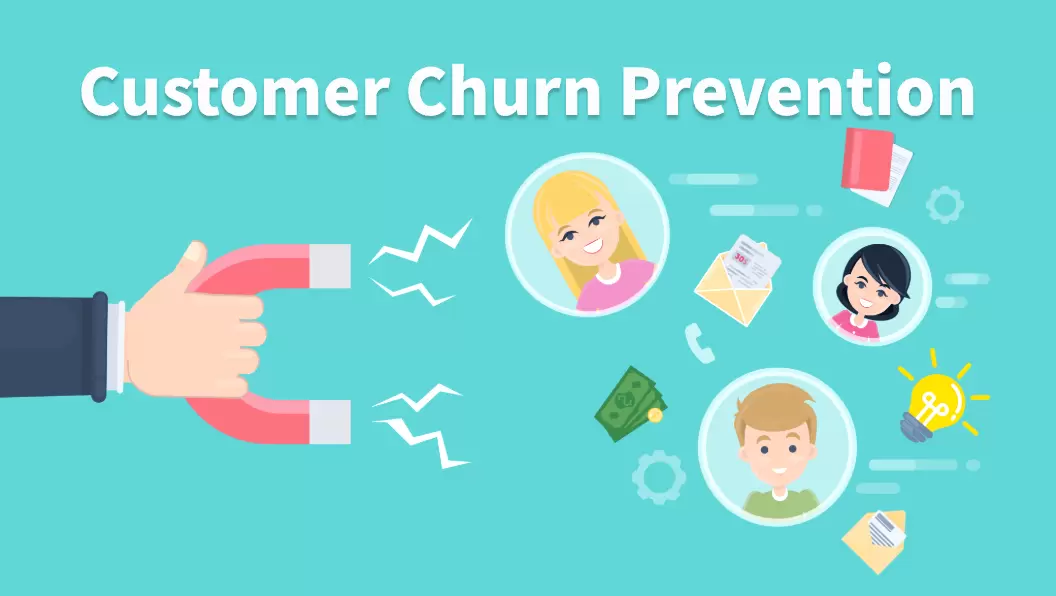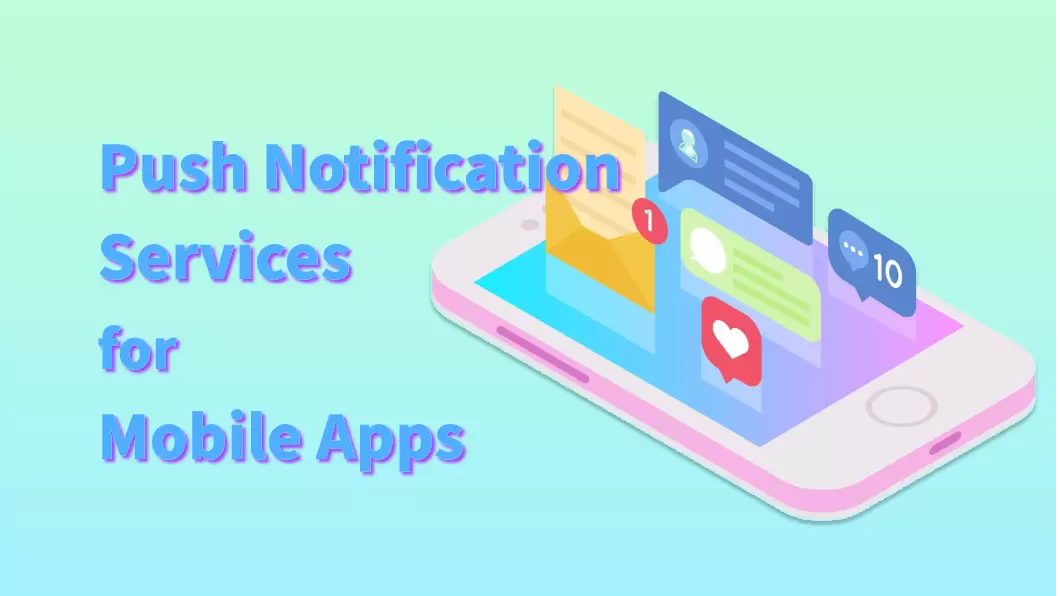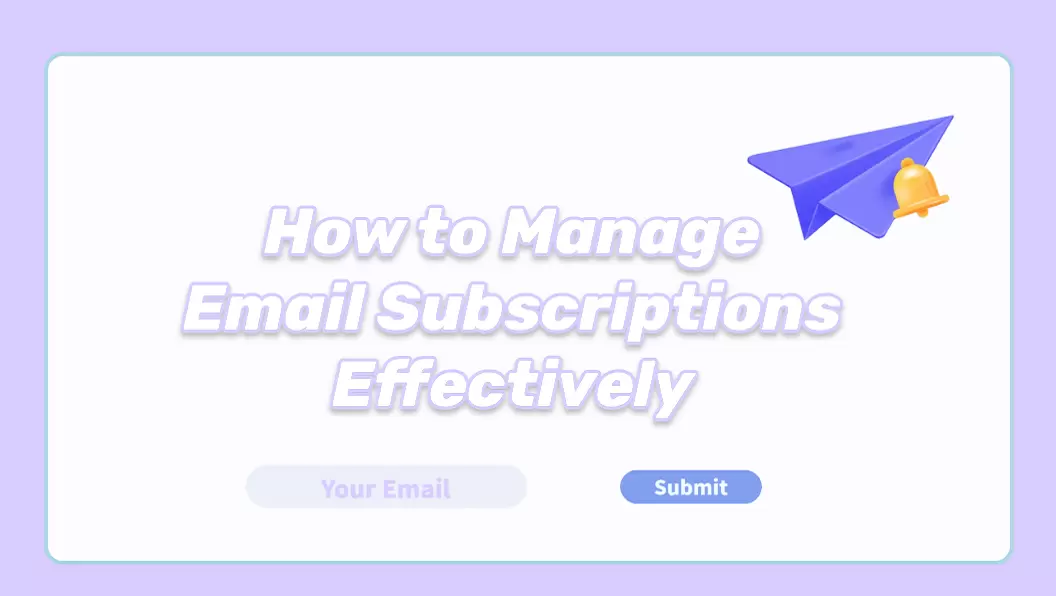In the competitive world of email marketing, understanding what resonates with your audience is crucial. A/B testing is a powerful technique that tries to answer this complex question and enhance your email marketing efforts. It’s not a coincidence that an A/B testing email marketing campaign leads to higher open rates, click-through rates, and even conversions. In this piece, we provide you with a comprehensive guide to this method so that you understand how it will benefit your marketing endeavors.
Part 1: What is A/B Testing in Email Marketing?
 A/B Testing
A/B Testing
A/B testing, or split testing, is a particular technique that involves sending two different versions of an email to a small segment of your audience.
With this email marking A/B testing, you discover which version performs better, highlighting your audience’s preferences. Therefore, you can identify which elements of your emails and newsletters are most effective, so that you can incorporate them in future campaigns.
To further understand why you need to make it a part of your marketing efforts, here are the main benefits of email A/B testing:
- Data-Driven Decisions: One of the most significant reasons to try split testing is that it provides you with concrete data on what works and what doesn’t for your specific audience. This allows you to make informed decisions that will bring the desired results.
- Higher Conversion Rate: Your email marketing efforts are aiming to raise awareness of your products or services and create sales. This is reflected in your conversion rate. By understanding what appeals to your audience, you will witness your conversion rates going higher, which in turn means an impressive ROI.
- Improved Engagement: With this method, you won’t see just the conversion rate of your emails go up. In addition to this, you will also see increased open rates and click-through rates. This happens because you know which elements entice your audience and make them want to click and read your newsletters.
- Reduced Unsubscribes: Ineffective emails will often lead to a high number of unsubscribes, which will affect your overall results. With an A/B testing email though, you can reduce this likelihood and keep your subscriber base intact.
Part 2: Things You Should Know Before You Start Email A/B Testing Marketing
Why Does A/B Testing Matter?
All of the benefits that we’ve already seen in the previous section are a great introduction to why A/B testing matters. In essence, this method takes the guesswork out of email marketing and brings you specific data on your audience.

You no longer need to rely on intuition, trends, or generalizations, as you can use an A/B testing email to find out which subject line brings the most opens and which text brings the most clicks. This evidence-based approach ensures that your marketing efforts are both efficient and effective.
How Do A/B Tests Work?
The next question after what is A/B testing in email marketing is how does this technique work? To better explain it, we will know to tell you the basic steps:
- Select an element to test: select only one element to test at a time, such as the subject line or call-to-action. If you try it on multiple elements on the same email, you might get mixed results as you won’t know how to interpret the data.
- Create variations: Split testing means that you will be sending two versions of the email. Therefore, create the variation by slightly changing only the element you’ve chosen in the previous step.
- Split your audience: Separate your mailing list into smaller portions to send the different versions of the email.
- Build a mailing list: Send the emails to the different sections of your mailing list.
- Analyze Results: Measure the performance of each version based on the relevant metrics. For instance, if you are testing the subject line, you should focus on the open rate.
- Implement Changes: Use the winning version as your template for future emails. You can keep using the email A/B testing to further optimize your emails.
Define Clear Goals Before Testing
You can't improve what you don’t measure. Before running an A/B test, determine:
Primary KPI (Key Performance Indicator)
- ✅ Open rate (subject line test)
- ✅ Click-through rate (CTA or content test)
- ✅ Conversion rate (landing page or offer test)
- ✅ Unsubscribe rate (content relevance test)
Secondary Metrics:
- ✅Forward/share rate
- ✅Time spent reading
- ✅Revenue per email
Part 3: Things You Can Test in Email A/B Testing
In this section, we are going to explain which elements you can test with this method and give you some examples so that you get a full grasp of A/B testing.
#1 Subject Lines
The subject line is the first thing recipients see. That’s why it is the most crucial elements that influence open rates. Therefore, you can use A/B testing to test different subject lines to see which one grabs the attention of your specific audience.
Example:

Through this method, you can start testing what your audience likes. In this image, you can see that “Just Eat” uses emojis in the subject and always mentions some type of offer. Through your email marketing A/B testing, you might find that this also works for you. Below are two versions of the same subject line, which you can test on different audience segments:
Version A: "Enjoy more freebies this Friday!"
Version B: "Limited Time Offer: Get Your Friday Deals Now!"
#2 Call-to-Action (CTA) Buttons
Another element that you can test is the call-to-action buttons in your emails. The CTA is an important element for driving clicks, and ultimately generating sales. With split testing, you can experiment with different wording, colors, and placements to find out which works best for you.
Example:

In this image, you can see that the CTA is placed within the body of the email. Moreover, it is a big yellow button that is hard to miss and the words are written in bold. In addition to this, the button motivates users to click on it with the right words. Other versions might include:
Version A: "Get the Deal" (red button)
Version B: "Buy& Get FREE Gift"(blue button)
#3 Email Content Layout
One more element you can test is the layout of your email. This directly affects how recipients navigate and digest your content. If there is too much text, users might not read until the CTA and if there isn’t enough information, they might be disinterested in what you are offering. That’s why it is important to test different layouts to see which one enhances user experience.
Example:

In this example, we are studying the "Slowly" app. As you can see in the image, the newsletter conveys all the information in a few lines, plus an eye-catching image. You can try a similar approach, or incorporate more text to convince your audience.
Version A: Single-column layout, focusing on a banner.
Version B: Two-column layout, focusing on text.
#4 Images
Images can be very engaging in a newsletter. However, the type and placement of images can influence their effectiveness. Therefore, you can test different styles of images to see which will resonate more with your audience.
Example:

In this image, you can see that “Dribble” has used some graphics that are really on brand for the platform. Therefore, you can also try images that fit your image and test different approaches. For instance, you can use a product photo, or show your product while being used.
Version A: Image of a product being used by a model.
Version B: Image of the product alone, highlighting the price.
Part 4: Executing Email A/B Testing Using EngageLab's Enterprise Platform
Having understood the strategic value of A/B testing in email marketing, let's explore how to implement high-performance split campaigns through EngageLab's robust platform. Designed for business-critical communications, our solution enables precise multivariate testing with enterprise-grade deliverability across global markets - making it the ideal choice for data-driven marketing optimization.
The following step-by-step guide outlines the professional workflow:
- Step 1: Login and access your EngageLab Console Dashboard . Active Your Account
- Step 2: Navigate to the Email Product module.
- Step 3: Follow the product setup instructions in the console and complete the email product activation and application. Only then is the configuration officially complete and ready for use.
- Step 4: From the left navigation panel, locate and expand the "Marketing" section. Select "Campaigns".
- Step 5: Click the "Create" button and initiate a new campaign creation.
- Step 6: Specify "A/B Test Campaign " as your campaign type.
- Step 7: Developing your own emails, you can feel free to add as many elements and content as you need to include brand-related content to ensure strategic differentiation. If you don't have a lot of ideas for copy, you can also use the built-in shanai tool to generate and configure your email content in just a minute.
- Step 8: Deploy your test campaigns to pre-segmented audience cohorts for optimal data integrity . For the sake of data sample accuracy, it is advisable to conduct the test with no less than 500 persons per sample. Participation of too small a sample may result in extreme data and affect the accuracy of the test.






Part 5: Tips for Setting up An Email A/B Testing
In the previous section, you show how easy it is to do an A/B test with the right tool. But before you start creating your campaigns, here are some tips to help you make the most out of this method:
- Strategic Test Planning – Establish clear KPIs before launching any test to ensure measurable outcomes.For more, please read [Unlocking Email Deliverability: Strategies for Success]
- Statistically Valid Sample Sizes – To obtain reliable data, the test sample should not be too small. It is more recommended to have ≥ 1,000 recipients per test (Mailchimp benchmark). Testing with a small base of people may be affected by extreme conditions that may affect the accuracy of the data.
- Isolated Variable Testing – Test single elements (subject lines, CTAs, send times) separately to identify true performance drivers.
- Data-Driven Timeframes – When testing as a b-side enterprise for c-side consumers, it generally takes 48-72 hours to run, and when testing for b-side enterprises, it is recommended to allow 5-7 days in order to ensure data credibility.
- Continuous Optimization Cycle – Targeted and systematic implementation of tests, step-by-step testing of content, with the best performing variants showing a 20-40% improvement in key metrics.
- Enterprise-Grade Testing with EngageLab – Our platform delivers 99.9% test accuracy with real-time analytics for data-backed decisions.
The Bottom Line
Email A/B testing is a great strategy for optimizing your email marketing efforts. By understanding what resonates with your audience, you can see improvement in most of your campaigns’ metrics. EngageLab provides a robust platform to simplify and streamline this process, making it easy to do it for your email marketing strategy. Sign up for EngageLab today to incorporate A/B testing and watch your results improve.







